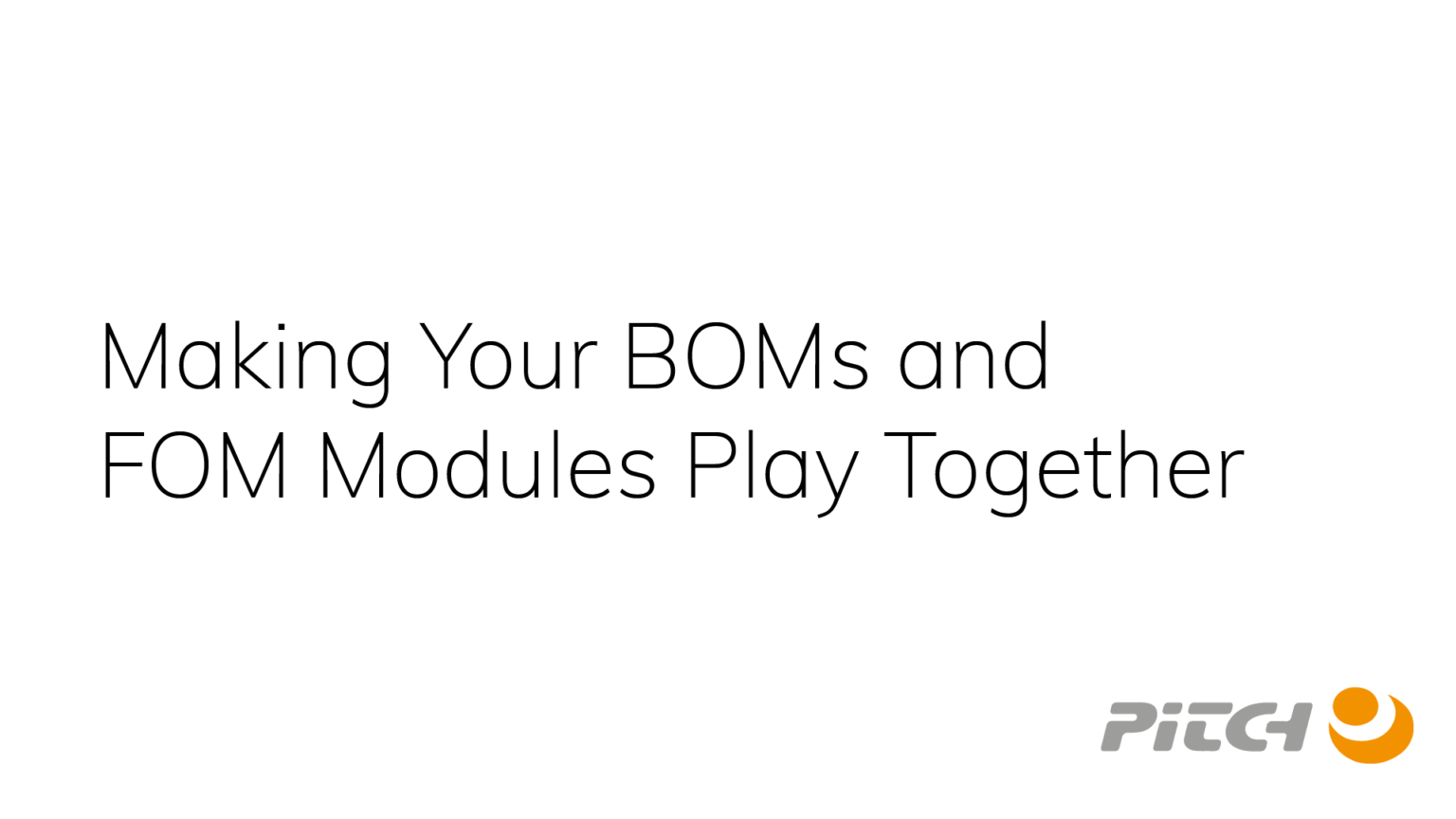ABSTRACT: Proper modeling is key in order to achieve effective interoperability between simulation systems. Base Object Models (BOMs) is a SISO standard that allows simulation developers to create object models that form a base or interoperability, even though the participating systems to be used have not yet been selected. The BOM concept is based on the assumption that piece-parts of models, simulations, and federations can be extracted and reused as modeling building-blocks or components. Special attention is paid to sequences of events that take place between simulation elements.
An important part of the High Level Architecture standard is the Federation Object Model (FOM) that describes the data to be exchanged at runtime. The upcoming version of HLA, named “HLA Evolved”, allows FOMs to be divided into smaller, reusable components called FOM modules.
BOMs have unique capabilities in the earlier phases of FEDEP since they enable reuse across federations and have little dependency on the exact systems that are used in any particular federation. FOM Modules on the other hand have unique capabilities during the later phases since they can provide plug-and-play reuse. The greatest benefit is achieved if they are used together. BOMs and Modular FOMs also share a number of description formats that enables a smooth transition from BOMs to FOM Modules.
This paper describes in detail how BOMs and Modular FOMs can be used together for optimal reuse and interoperability from the early modeling stages to the final integration and execution phases.
Authors: Björn Möller, Paul Gustavson, Bob Lutz, Björn Löfstrand
Publication: Proceedings of 2007 Fall Simulation Interoperability Workshop, 07F-SIW-069, Simulation Interoperability Standards Organization, September 2007.

